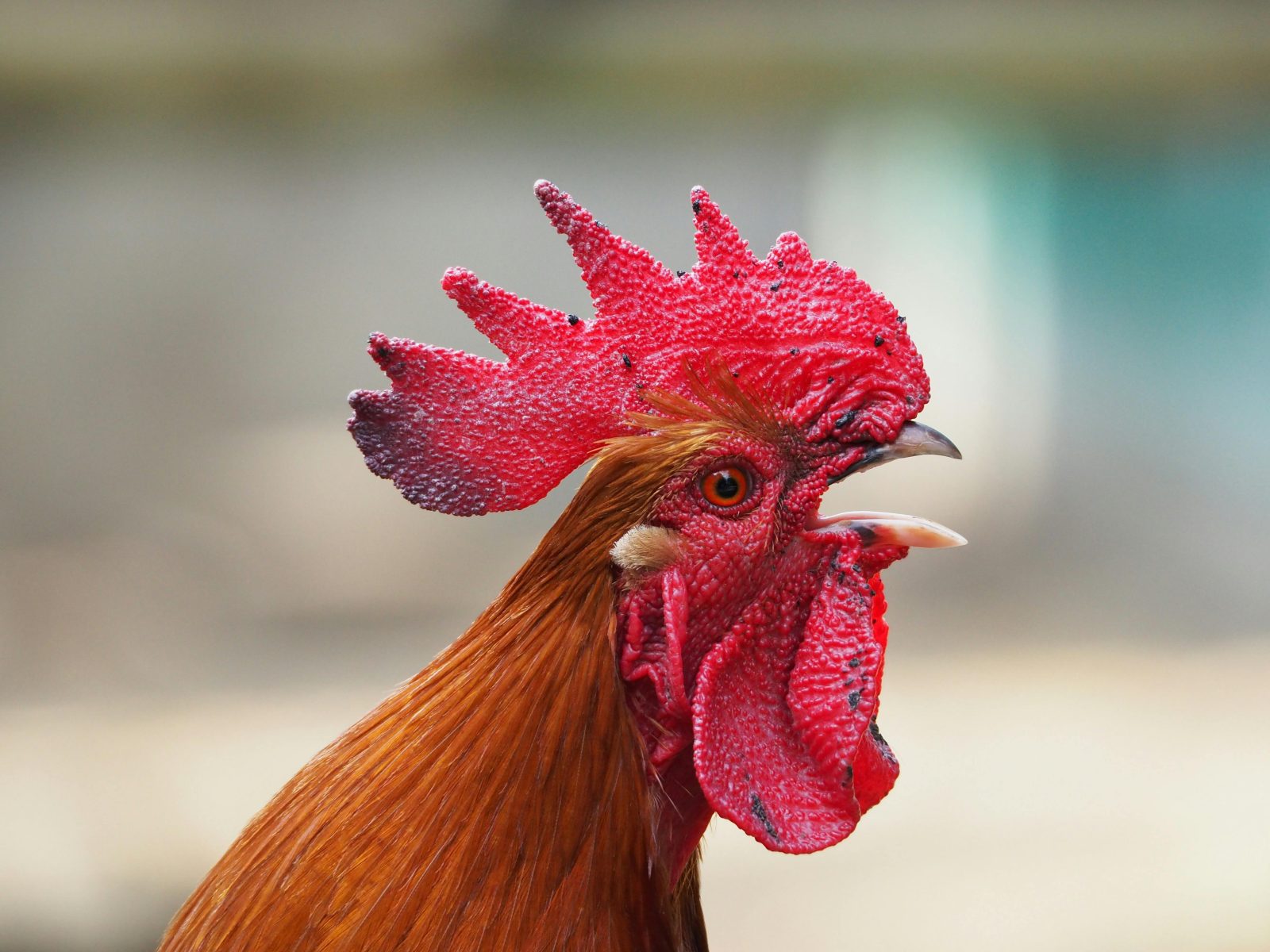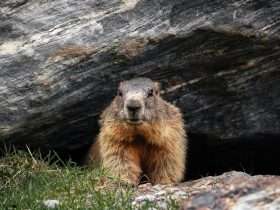A new strain of bird flu has been found in dairy cattle in Nevada. This strain, known as the D.1.1 variant, was already responsible for the death of a person in Louisiana last month. The discovery of this variant in cows is raising concerns about the possibility of more serious human infections in the future.
What’s Happening with Bird Flu in Dairy Cattle?
The bird flu virus, also called H5N1, has been spreading through different parts of the U.S. for months now. It has already caused a nationwide egg shortage, and farmers are dealing with price hikes as infected chickens had to be culled. Recently, this virus has also affected dairy farms in Nevada, especially in areas like Churchill County.
The U.S. Department of Agriculture (USDA) has confirmed the presence of the D.1.1 bird flu variant in Nevada’s dairy cattle. The variant, which had previously been found in wild birds, has now been detected in dairy herds. This is the first time it has been seen in cows.
Although this bird flu strain has been found in cattle, it is important to note that human infections from cows are still rare, and the risk of someone catching it from dairy products remains low. The Nevada Department of Agriculture has assured the public that pasteurized milk is safe to consume. This means that people who drink milk that has been properly processed are not at risk.
The Risk to Humans: Should We Be Concerned?
While it’s concerning that the D.1.1 variant is now affecting cattle, experts believe the risk of humans catching the virus from cows is still very low. According to the USDA, pasteurized dairy products, such as milk and cheese, are safe to eat and drink. Additionally, cooking meat properly will prevent any risk from this strain.
The CDC has stated that the spread of the virus among cows, while alarming, has not shown to be a direct threat to humans. The U.S. Department of Agriculture and local authorities have assured the public that health safety practices, such as consuming only pasteurized dairy, can significantly reduce any risk.
However, in rare cases, humans have contracted the bird flu, especially if they have direct contact with infected animals. This is what happened with the Louisiana resident who died last month after being infected by a backyard flock. This person, who was elderly and already in poor health, was infected by the D.1.1 strain. While this case is tragic, it is not a reason to panic. Experts continue to monitor the situation closely.
How Is the Bird Flu Spreading?
The D.1.1 variant of the bird flu is believed to have been spread by European starlings. These birds are known to migrate to warmer areas during the winter months, and they can carry the virus to different locations. In Nevada, the starlings could have brought the virus with them as they moved through the area.
Since these birds are aggressive and outcompete native birds, they are also known to spread diseases to livestock. In response, the Nevada Department of Agriculture is working to control the starling population by removing them from the areas where dairy cows are located.
To prevent the spread of the virus, livestock owners are being urged to monitor their animals closely for signs of illness. Symptoms in infected cattle can include coughing, sneezing, and reduced milk production. Farmers are encouraged to follow biosecurity practices, such as keeping their equipment clean and ensuring that their animals’ living spaces are safe.
Should Farmers and Consumers Worry?
While the detection of bird flu in dairy cattle is concerning, the current risk to humans remains low. The USDA has emphasized that people should continue to follow food safety guidelines. This includes drinking only pasteurized milk, eating properly cooked meat, and practicing good hygiene around animals. These precautions help ensure that the virus does not spread.
The USDA is working closely with state and local authorities to limit the spread of the virus. As part of these efforts, infected cows in Nevada are being quarantined and tested regularly to ensure they are free from the virus.
Although there is no need to panic, experts are urging everyone to stay informed and take the necessary precautions to protect themselves, their families, and their animals. The government continues to monitor the situation and will provide updates if new information arises.
Potential Impact on the Egg Market
The bird flu outbreak has already affected the poultry industry, causing egg prices to rise. The USDA predicts that the price of eggs could increase by about 20% in the coming months. This follows a similar trend from 2024, when the average price for a dozen eggs rose to $4.10, double what it was earlier in 2023.
Farmers are also facing challenges, with many having to deal with a reduced milk production in dairy herds infected by the bird flu. These economic impacts are being closely watched as the situation develops.
(Source : newsbreak.com)













Leave a Reply